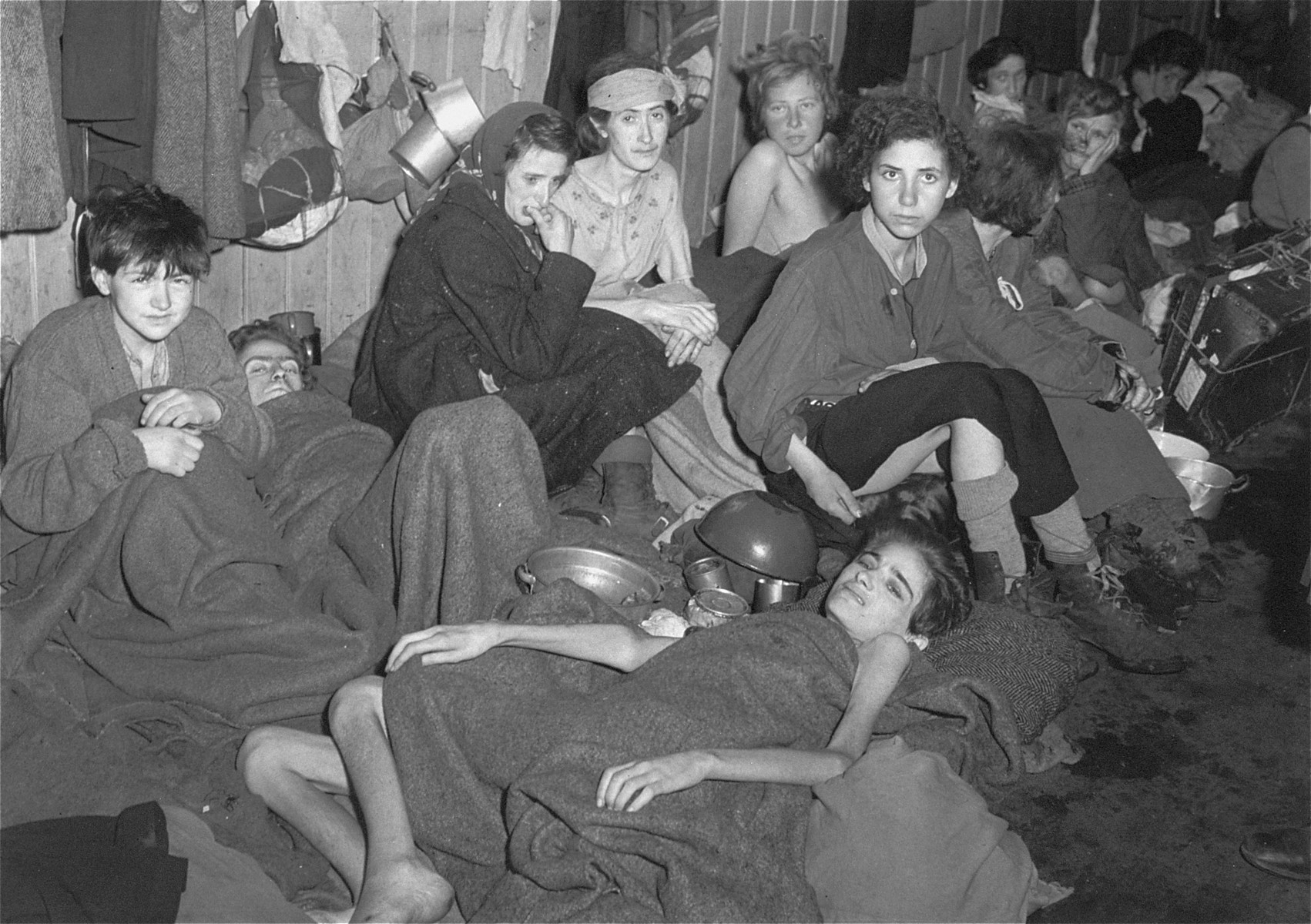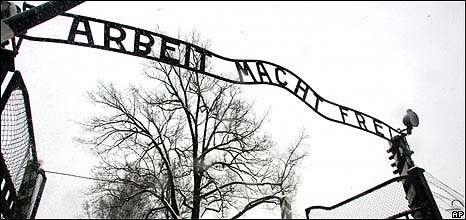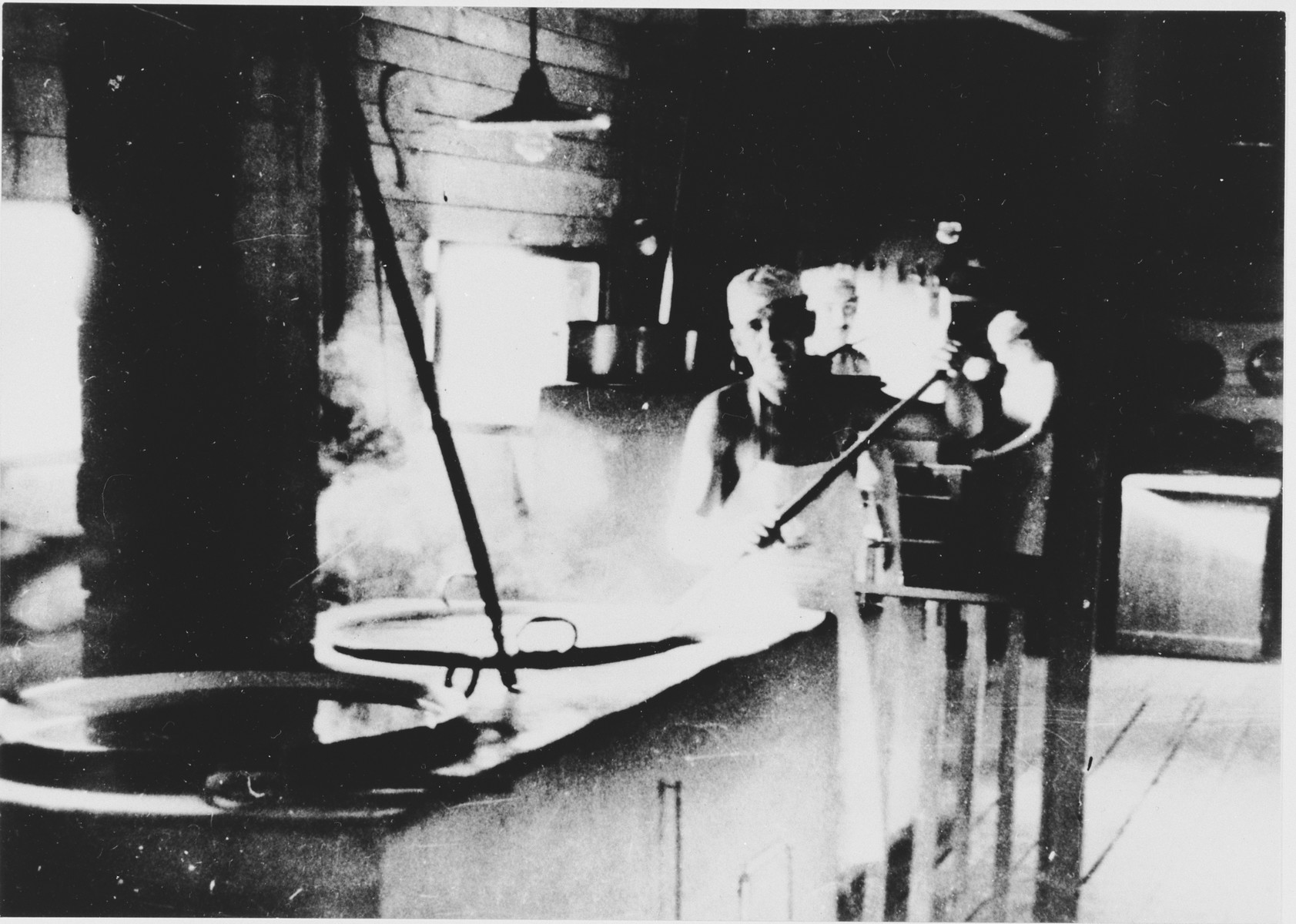For my internship at the Ekstien library, I have been responsible for compressing oral histories for the microsite “In their own Words”. When analyzing the oral testimonies, I have focused on camp conditions and the survival strategies of the prisoners. While many remember the Holocaust for the deadly and sadistic methods the Nazis used in murdering, I was surprised at the deadly impact that disease had on the inmates. For many survivors, one difficult challenge in the camps was surviving typhoid fever and survivors developed strategies to overcome the various challenges associated with having the disease. The internship has helped me appreciate the high sanitation standards that I have grown up with. Within the oral histories, I identified three central challenges associated with having typhoid fever in the Holocaust:
1. The disease itself
Analyzing the testimonies of both Roman Zieglar and Leon Sniatowski, one can see that within the severe impact of typhoid fever. At one of the camps Zieglar stayed at, 2000 out of 3000 prisoners died from the disease. Zieglar spent two weeks in a coma when he got the disease. In the same vein, Leon Sniatowski had a fever that peaked at 110 degrees Fahrenheit for two days. Typhoid fever became an epidemic in the Holocaust as the camps were constantly overcrowded and there were limited attempts to control or stop the disease. While not typically a fatal disease, it became deadly in the Holocaust. For more information about the disease, its causes and symptoms one can visit: https://www.britannica.com/science/typhus

While typhoid fever became deadly within the concentration camps due to the poor conditions, a bigger concern for many of the survivors was how the Nazis treated those with illness. The Nazis only valued those who could do work and typhus severely hampered one’s ability to do intensive labour. If one could not work the Nazis did not see value in keeping a sick person alive. This sentiment was emphasized by the sign over one of the concentration camps that David Newman was at.

entrance gate to Auschwitz concentration camp (BBC news)
Arbeit Macht Frei (Work Sets You Free).
3. The Aftermath of the Disease
Roman Zieglar detailed the intense hunger pain that followed typhoid fever. One of the symptoms of the disease was lack of appetite and so many of the concentration camp inmates would lose weight when they had the disease. After not being able to eat during typhoid fever, the survivors would go into starvation immediately after. Some would go insane due to the hunger pain. According to Zieglar, some would even eat salt on an empty stomach to quench the hunger pain. Without food, this salt would enter the bloodstream and people would die within twenty-four hours.
Of the eight survivor testimonies I have viewed, three of them suffered from typhoid fever and each used different strategies to overcome the challenges they faced.
David Newman
David Newman recalled how many of those who were sick were killed when he was at the Skarżysko, Poland workers camp. The entire sick barrack was liquidated. David who had the disease was only able to escape this grim fate for two reasons. First, he was able to pry a floorboard and get to the attic of the barrack during the night of the barrack liquidation. He was later found and spared because the camp leader liked the musical talents that he used on Sundays at the camp.
Leon Sniatowski
In contrast, Leon Sniatowski, survived by concealing his illness. After realizing that his father was instantly killed when he revealed his sickness Leon developed a different strategy. Leon Sniatowski hid the fact that he had the disease. His friends would cover him in hay when they were working in the countryside. This would hide the rash that is associated with typhoid fever and he avoided being killed for having the illness.
Roman Zieglar
Unlike Sniatowski, the Nazis actually allowed Zieglar to recover from the typhoid fever and he was able to spend two weeks in a sick barrack. For him, the biggest challenge was the aftermath of typhoid fever. While he survived the disease, he had no strength afterwards and was barely able to walk. One Nazi official made an arrangement with Zieglar. Zieglar would be able to work in the kitchen for two weeks and regain his strength. If he did not recover, then the Nazi official would end Ziegler’s life. He worked in the kitchen and took extra potatoes to combat the extreme hunger pain and eventually recovered.

( United States Holocaust Memorial Museum, courtesy of Memorijalni Muze)
Citations
Neuberger’s Frank and Anita Holocaust Resource Collection
https://www.britannica.com/science/typhus
